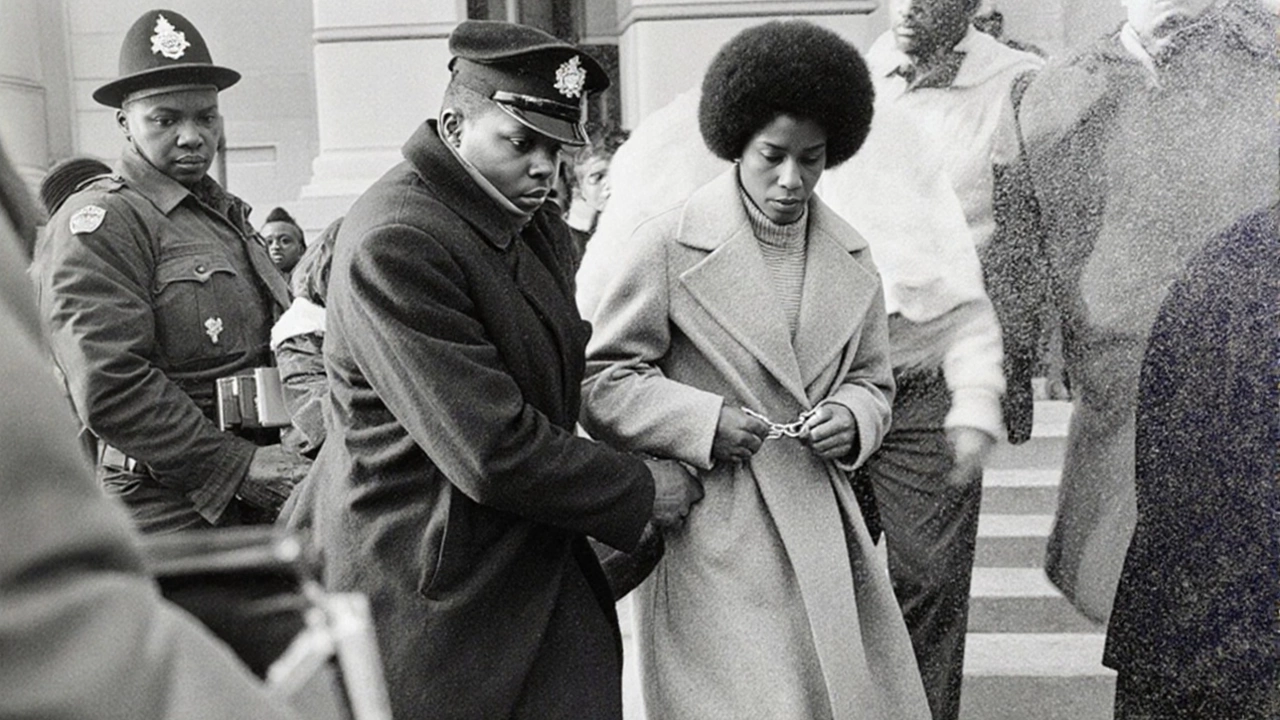Assata Shakur – A Quick Look at Her Life and Legacy
When you hear the name Assata Shakur, you probably think of a fierce activist who challenged the system and paid a huge price. Born Joanne Deborah Boutte in 1947, she grew up in the Bronx and later changed her name to reflect her political beliefs. From the start, she was drawn to civil‑rights groups, joining the Black Panther Party and then the Black Liberation Army. Her story is a mix of daring protests, a dramatic prison break, and a life lived mostly outside the United States.
Early Life and Activism
Assata’s teenage years were shaped by the civil‑rights era. She saw the fight for voting rights, school integration, and police accountability, and it sparked a fire in her. In the early 1970s she moved to New York City, where she linked up with the Black Panther Party. The Panthers weren’t just about self‑defense; they ran free breakfast programs, health clinics, and legal aid. Assata helped organize community projects and quickly earned a reputation for being outspoken and fearless.
When the Panthers faced intense government pressure, many members split off to form the Black Liberation Army (BLA). The BLA took a more militant stance, believing armed resistance was necessary to fight systemic racism. Assata joined the BLA and participated in several high‑profile actions, including a 1973 raid on a New York gas station in which a police officer was killed. The state charged her with murder, kidnapping, and other crimes. She went underground, living a nomadic life as a fugitive while continuing her political work.
The Prison Break and Life in Exile
In 1977, the courts finally caught up with her. Assata was convicted of murder and sentenced to life in prison. While incarcerated at the Bedford Hills Women’s Prison in New York, she kept writing, studying law, and advocating for inmates’ rights. In 1979, a group of BLA members broke into the prison, freed her, and helped her flee the country. The escape made headlines around the world and turned her into a symbol of resistance for many activists.
After the break, Assata resurfaced in Cuba, where she was granted political asylum. She later moved to several other countries before finally settling in the United Arab Emirates. The U.S. government added her to the FBI’s Ten‑Most‑Wanted list and offered a $2 million reward for information leading to her capture. Despite that, she has lived relatively quietly, giving occasional interviews and writing an autobiography, “Assata: An Autobiography,” that details her journey.
Why does her story still matter? For supporters, Assata embodies the struggle against racial injustice and an over‑reaching criminal justice system. For critics, she is seen as a convicted murderer who escaped punishment. The debate itself keeps the conversation about police violence, prison reform, and political dissent alive.
Today, her name appears on protest signs, in podcasts, and in university curricula that examine radical movements. Whether you view her as a hero or a criminal, Assata Shakur’s life forces us to ask uncomfortable questions about how the law treats dissent and what it means to fight for change.
If you’re curious about modern activism, looking at Assata’s tactics—community organizing, legal challenges, and bold direct action—offers a roadmap, however controversial, for those who want to push back against oppression. Her legacy reminds us that history is never static; it’s a conversation that keeps evolving with each new generation.

Assata Shakur, Former Black Liberation Army Fugitive, Dies in Cuba at 78
Assata Shakur, the former Black Liberation Army member who fled to Cuba in 1979, died on September 25, 2025, at age 78. Her death ends a decades‑long saga that saw her added to the FBI’s Most Wanted Terrorists list. Cuban authorities kept her as a political refugee despite US extradition demands. The case continues to spark debate over activism, justice and Cold‑War politics.
view more

